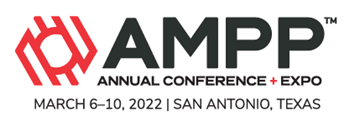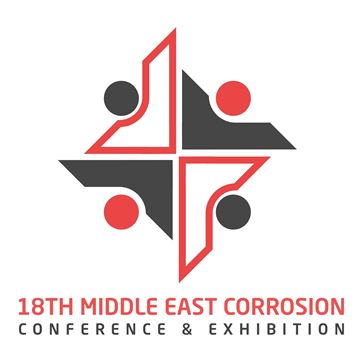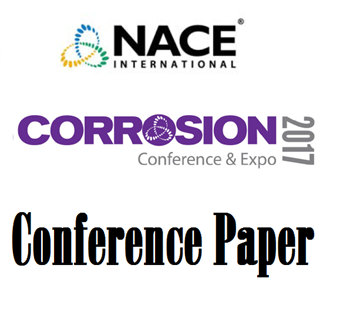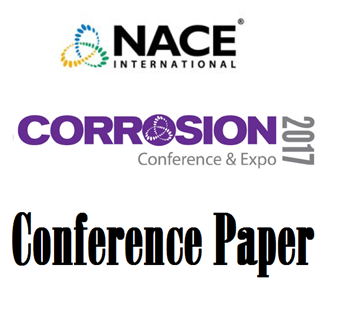Search
Individual Conference Papers
View as
Sort by
Display
per page
IOW Analysis With Installed UT Sensors: How Process Changes Impact Corrosion Rates
Product Number:
51322-17611-SG
Publication Date:
2022
$20.00
IOW Analysis with Wireless UT Sensors: How Changes Impact Corrosion Rates
Product Number:
MECC23-20018-SG
Publication Date:
2023
$20.00
IR 4.0 Integrity Management Using Data Analytics
Product Number:
MPWT19-15487
Publication Date:
2019
$0.00
IR 4.0 Knowledge Technology for Managing Risks Associated with Refining Various Crudes
Product Number:
MPWT19-15463
Publication Date:
2019
$0.00
Iron Carbonate (Feco3) SLIPS (Slippery Liquid Infused Porous Surfaces) For Enhanced Scale Resistance
Product Number:
51321-16645-SG
Publication Date:
2021
$20.00
Iron Source in Sour Gas/Condensate Wells: Reservoir Fluids or Corrosion?
Product Number:
51317--8998-SG
ISBN:
8998 2017 CP
Publication Date:
2017
$20.00
Irradiation Accelerated Corrosion of 316L Stainless Steel T91 and Zircaloy-4 in Primary Water
Product Number:
51317--9131-SG
ISBN:
9131 2017 CP
Publication Date:
2017
$20.00
Is Your Specification Style Costing Your Customers Money? Providing Better Value Through Changing One Factor in Your Specification
Product Number:
51219-195-SG
Publication Date:
2019
$20.00
Is 22 HRC the right threshold for TMCP large diameter pipes in severe sour environment?
Product Number:
51323-18943-SG
Publication Date:
2023
$20.00
Is it MIC or Pitting Corrosion? An Insight in a Common Overlapping
Product Number:
51320-14719-SG
Publication Date:
2020
$20.00
Is Surface Charge Important for Scaling on Polymeric Matrices?
Product Number:
51323-19524-SG
Publication Date:
2023
$20.00
Is the Heat and Pressure of Formulating Coatings for the Oil and Gas Market Getting to You?
Product Number:
41215-925-SG
Publication Date:
2015
$20.00












